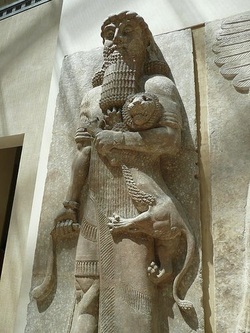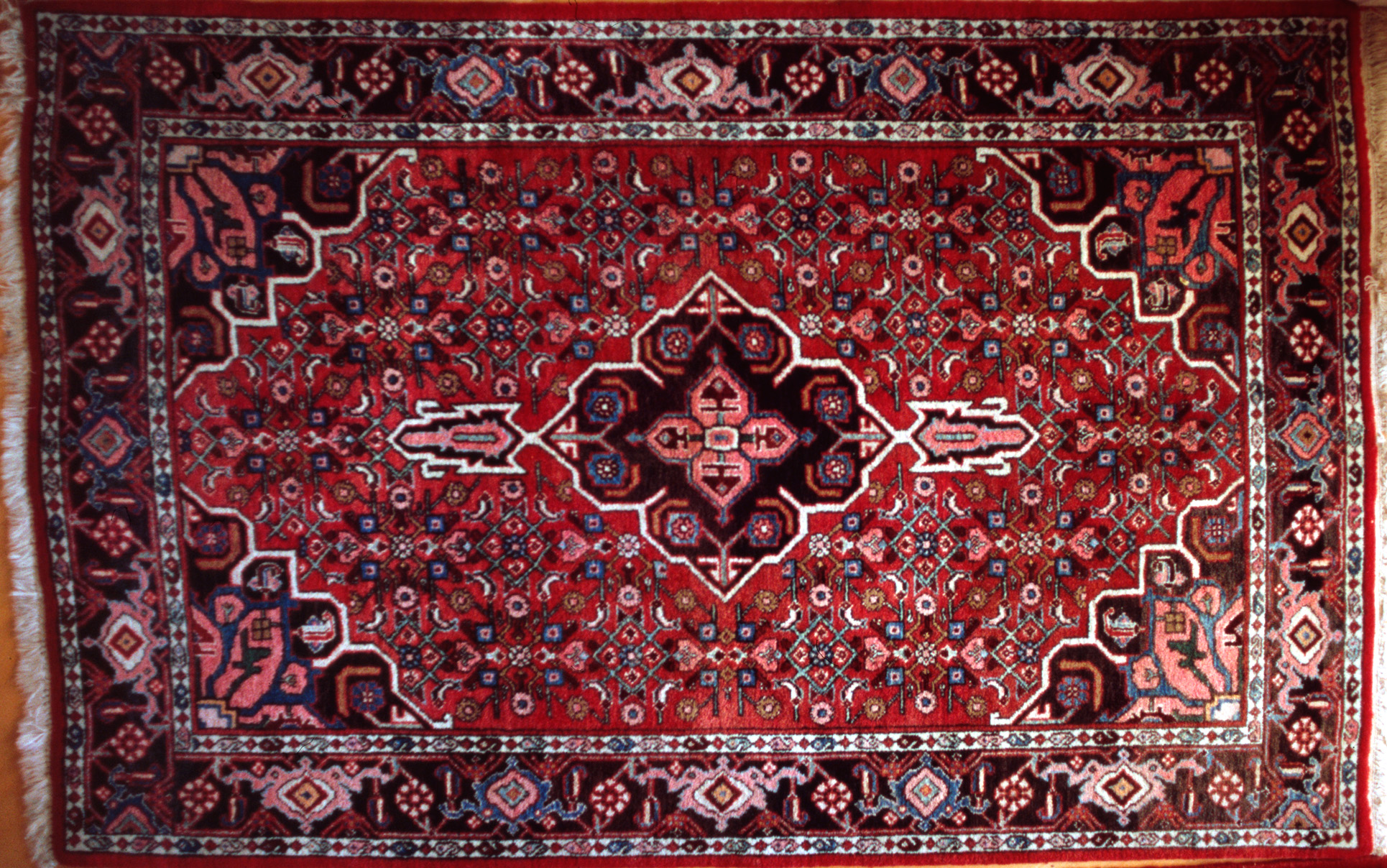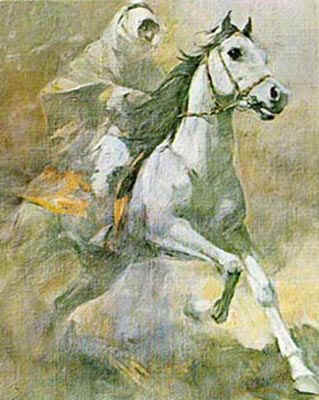Iraq
is quite proud of its extensive history and culture that dates back tens of
thousands of years. The ancient Assyrians and other ethnic groups arriving here
throughout the centuries had such developed societies that art was an important
part of it. Most of the important pieces we have discovered at various archaeological
sites include pottery, necklaces, copper pieces, tools, utensils, sculptures, and
paintings.
Iraqi
arts also shared many similarities with the arts traditions and styles of other
nearby countries, such as rug weaving and elaborate gardens like the
neighboring Persians. Many of the Kurds excelled at weaving; in fact the
Kurdish Textile Museum showcases many of the best examples of Kurdish weaving.
There
have been many painters, sculptors, and architects emerge from Iraq, not only
famous in Iraq but also throughout the world. Some of the more famous names
include Ismail Fatah Al Turk, Mohammed Ghani Hikmat, Khalid Al Rahal, and Faeq
Hassan.
The
Sumerians were the first to have a major influence on Iraqi literature, namely
because they were the first to develop a writing system, which was called
cuneiform. The earliest specimens of their writing dates back to the 27th
century BC. During this time, not only were there historical records being
kept, but there were stories being written as well. The stories during this
time were mainly in the form of legends. Three epic cycles were popular from
this era: the Enmerker legends, the Lugalbanda tales, and the Gilgamesh
stories.
 |
| Gilgamesh |
Sumerian
literature later influenced the literature of the Akkadian-Babylonians. During
this era, it was common for both women and men to be learned enough to read and
write. The Aramaic language was gaining ground, and the upper class and most
educated were required to learn it. (It is widely thought that Jesus probably
used Aramaic the most, but he was probably proficient in several languages.) A
wide array of literature was written during this era including historical
chronicles, law texts, humorous literature, religious texts, letters, and
mythology.
The
great Persian epic One Thousand and One
Nights (also known as Arabian Nights)
consists of several stories. One of these stories is the famous “Ali Baba and
the Forty Thieves,” which is partly set in Baghdad. There have been many remakes for cinema and for kids.
 |
| Najem Wali |
During
the 20th century, many writers focused on political themes for their
subjects. There was a lot of political change throughout much of that century,
so it was on the forefront of everyone’s minds. After Saddam Hussein came to
power, many writers left for countries where they were freer to voice their
opinions on what was happening in their home country. However, many writers
stayed in Iraq for a number of reasons. It was against the law to dissent
against the government—no matter how minor. Several writers decided if they
couldn’t write what they believed, then they’d rather just not write at all.
But they were forced to publish pro-government works out of fear for being
punished for their silence. Today, the censorship is not quite as bad as it
was, but it’s certainly not perfect by any means. Some of the more well-known
names in Iraqi literature include Salah Al-Hamdani, Najem Wali, Fadhil
Al-Azzawi, Abdul Rahman Majeed al-Rubaie, and Saadi Youssef.
Up
next: music and dance



No comments:
Post a Comment